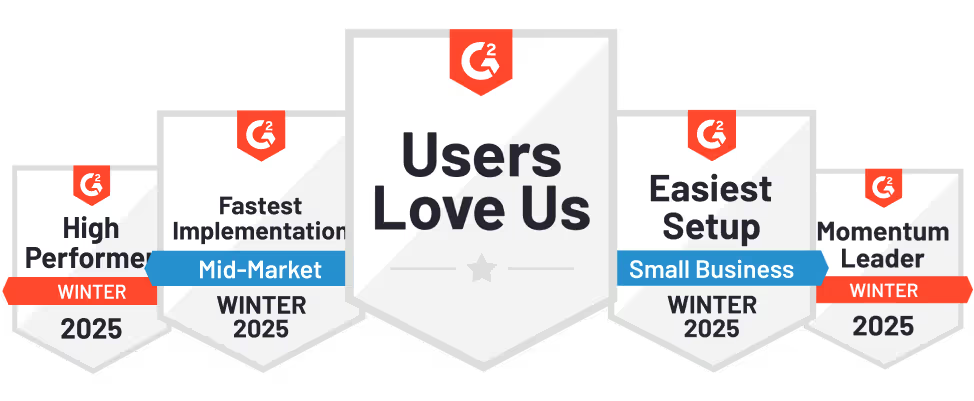I’ve been reflecting on website visitor tracking and identification, especially with all the privacy concerns swirling around. If you’re trying to figure out who’s visiting your website in a legal and ethical way, here’s what you should know.
TL;DR
- You can track website visitors by identifying individuals or companies, but company-level tracking is safer and privacy-compliant.
- It avoids legal risks, complies with GDPR, and helps in B2B by targeting multiple stakeholders within a company.
- To implement this ethically, use clear cookie notices, transparent privacy policies, and provide easy opt-out options.
- Ethical tracking builds trust, ensuring compliance and long-term success in B2B marketing.
Two Approaches to Website Visitor Identification
There are two main methods companies use to track website visitors:
- Personal Identification: Collecting details like names, emails, and LinkedIn profiles.
- Company Identification: Identifying the company a visitor works for without collecting personal data.
The first approach is legally questionable. Privacy laws, like GDPR, haven’t explicitly addressed it yet, leaving it in a gray area. On the other hand, identifying companies is much safer. Since no personal data is collected, you can avoid concerns with GDPR, CCPA, and other privacy laws, both now and in the future, regardless of the region.
Why I Recommend Sticking to Company-Level Tracking
Knowing exactly who’s visiting your website might sound appealing, but here’s why I believe company-level tracking is the smarter choice:
- You’ll engage with multiple people at the company anyway.
- You avoid privacy and legal challenges.
- It future-proofs your business against evolving privacy laws.
How to Implement Website Visitor Tracking Ethically
To ensure your tracking practices are both effective and compliant, follow these steps:
1. Use Proper Cookie Practices
Don't try to sneak your tracking cookies in as "essential"
- Label your tracking cookies as marketing cookies and let visitors opt-out.
- Avoid IP tracking, as it doesn’t provide an opt-out option for users.
- Stick with cookies—users are familiar with them, and regulations around cookies are clearer.
2. Be Transparent About Your Tracking
Make it clear what you’re doing by providing:
- A detailed terms of use page for your website.
- A cookie notice that explains how you use tracking cookies.
- A privacy policy that outlines your practices clearly.
3. Make Data Access and Deletion Easy
Set up a dedicated privacy@yourcompany.com email or a simple form for requests.
Allow users to view or delete their data without unnecessary hurdles.
4. Filter Out Small Businesses
Exclude companies with fewer than five employees to avoid inadvertently identifying individuals at very small businesses.
Also, read Implementing website visitor identification a detailed guide.
Should You Use Person-Level Identification?
If you're thinking about using tools that identify individual visitors, you need to weigh some factors:
- How many visitors can you accurately identify?
- How accurate is the data?
- Is it worth the privacy risks?
In most cases, company-level tracking is sufficient. It allows you to see which businesses are interested in your product and reach out to the right people through appropriate channels.
How Factors Ensures Privacy and Security
Factors takes your privacy & security very seriously.
- SOC Type II and GDPR compliant.
- Customer data hosted on Google Cloud Platform (GCP).
- Comprehensive Privacy Policy and Data Processing Policy.
Bottom Line
Here’s the bottom line: you want to know who’s interested in your product without crossing any lines. Focus on identifying companies, be transparent about your tracking practices, and give people control over their data.
It’s not just about staying compliant, it’s about building trust. And in B2B, trust is everything.
If you have any questions, feel free to reach out. I’m always happy to discuss how to balance effective marketing with respecting privacy.






